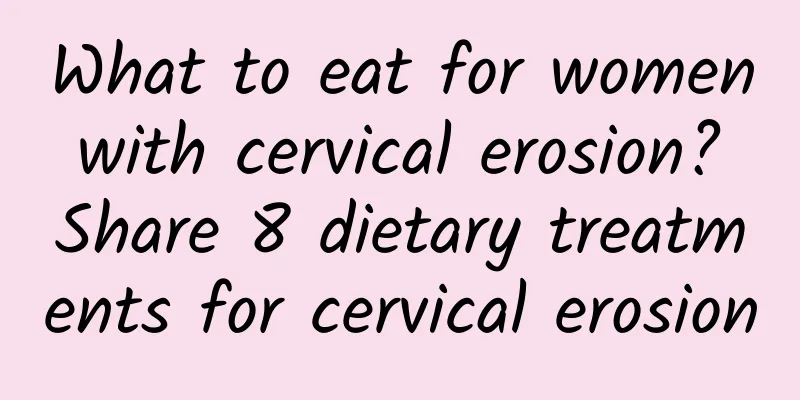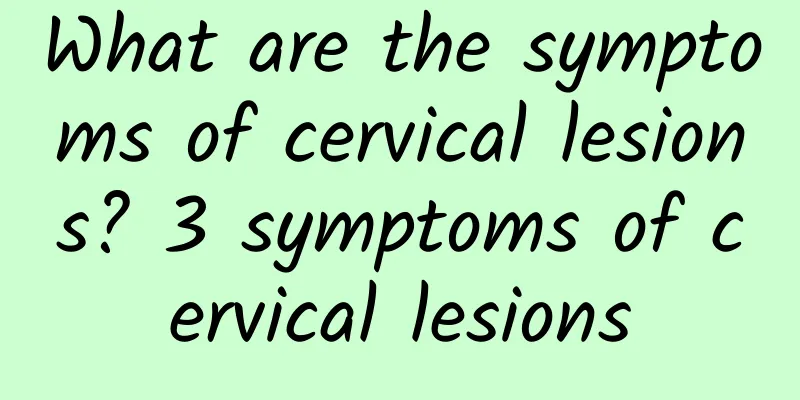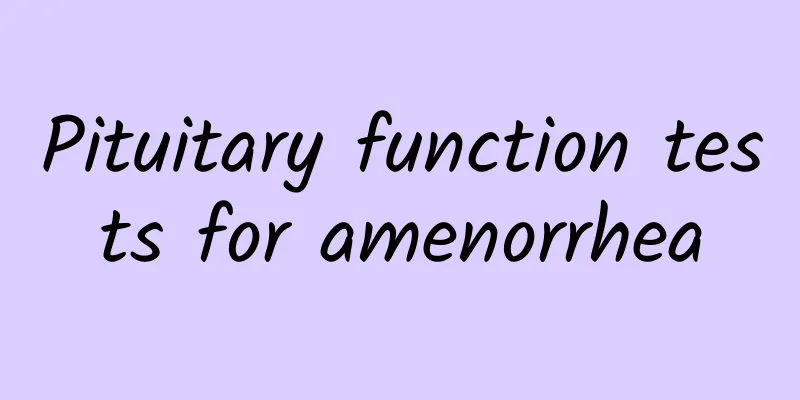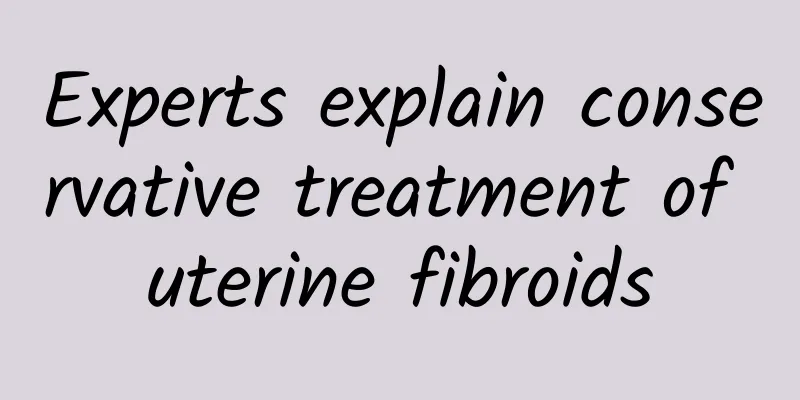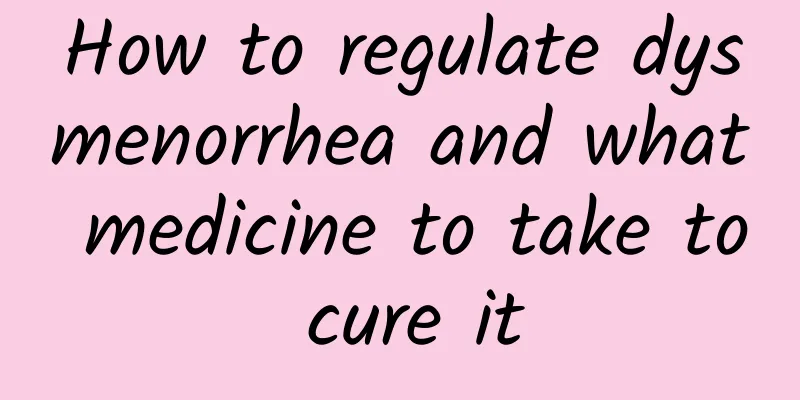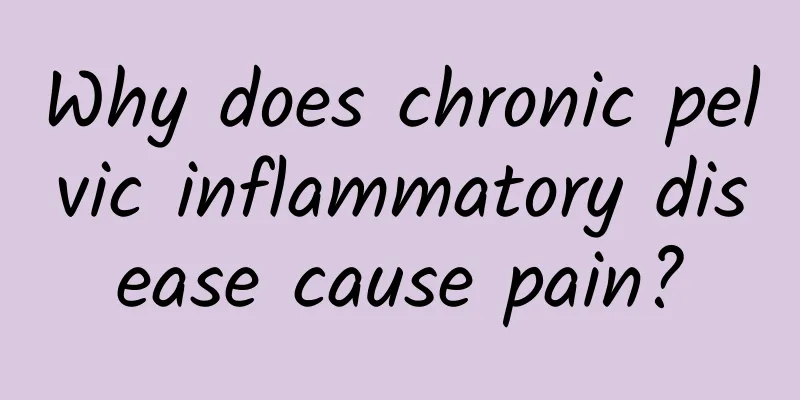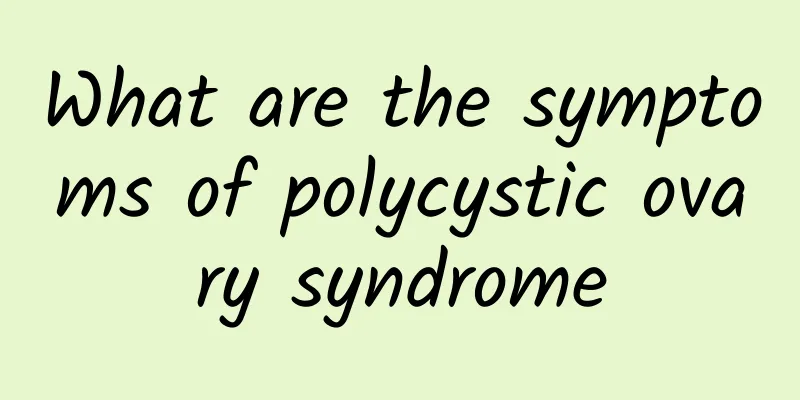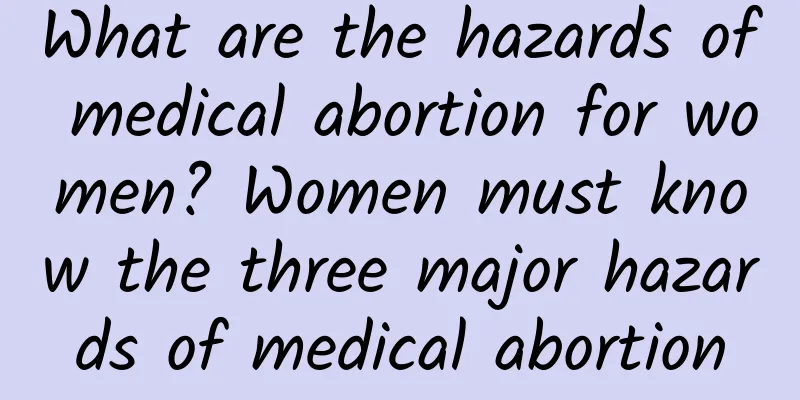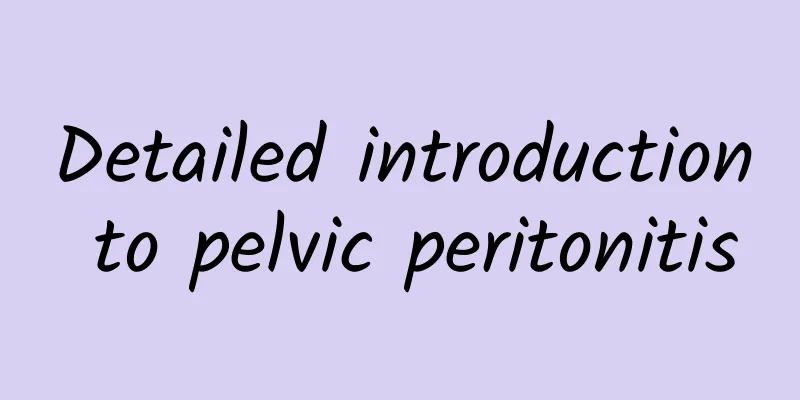What are the treatments for pelvic peritonitis?
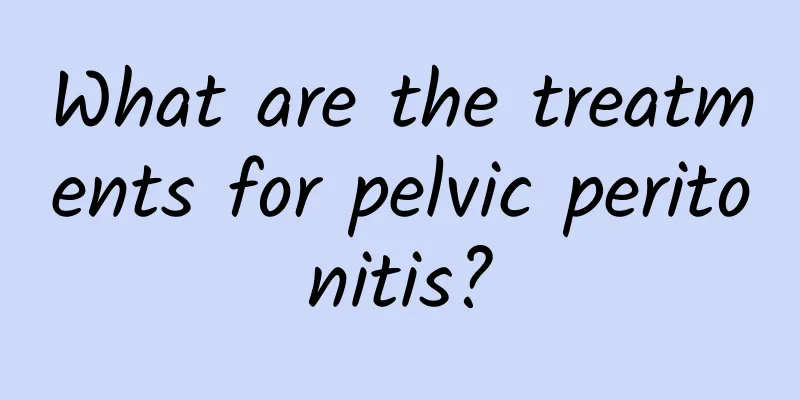
|
The key to the treatment of pelvic peritonitis is to insist on early, combined, appropriate, regular and full-course anti-tuberculosis chemotherapy to achieve early recovery, avoid recurrence and prevent complications. During treatment, attention should be paid to rest and nutrition as important auxiliary measures to adjust the overall condition and enhance disease resistance. Systemic supportive care For patients with good general condition and only fever, abdominal distension, and indigestion, they can be given easily digestible semi-liquid food. Once the digestive tract symptoms are alleviated, they can be given a high-calorie, high-protein diet to strengthen the body and increase resistance. For patients with adhesive or caseous tuberculous peritonitis, they can be given a high-calorie semi-liquid diet with less fiber and rich in protein and vitamins. Chinese medicine treatment The treatment of tuberculous peritonitis with Zengye Chengqi Decoction plus anti-tuberculosis drugs is better than the simple Western medicine anti-tuberculosis treatment. The symptoms such as abdominal pain and constipation are significantly relieved, and the course of the disease is shortened. It greatly relieves the pain of patients. Treatment method: On the basis of conventional anti-tuberculosis treatment, take Chinese herbal medicine at the same time. Basic formula: Scrophularia 15g, Rehmannia glutinosa 10g, Ophiopogon japonicus 10g, Rhubarb (later) 5g, Glauber's salt (taken with water) 4g, Citrus aurantium 10g, Magnolia officinalis 10g, Angelica sinensis 10g, Peach kernel 10g, Fried Areca nut 10g. (VI) Surgical treatment It is mainly used in some serious complications or in a small number of patients with tuberculous peritonitis. The main indications for surgical treatment are: ⒈ Intestinal obstruction, mainly partial intestinal obstruction that is not effectively treated with conservative treatment and gradually worsens, and complete intestinal obstruction. Surgical methods include adhesion lysis, intestinal drainage, intestinal lining, partial intestinal resection and anastomosis, adhesion mass resection, etc. ⒉ When intestinal perforation or abdominal lymph node rupture causes purulent peritonitis or acute tuberculous peritonitis, the intestinal perforation can be repaired, the diseased intestine can be removed, and the purulent substances in the abdominal cavity can be cleared. ⒊ When abdominal wall fistula is formed, the fistula tract can be removed and the abscess cavity in the abdominal cavity can be cleared of lesions. ⒋ When fecal fistula is formed, the fistula tract of the abdominal wall in the affected area can be removed, the perforation of the intestine can be repaired, or the intestine in the affected area can be removed. |
<<: What are the Western medical treatments for pelvic peritonitis?
>>: What are the tricks for treating pelvic peritonitis?
Recommend
If you want to effectively treat vulvar leukoplakia, you should understand its cause
Women are often troubled by vulvar leukoplakia, w...
How much does menopause surgery cost?
Menopause troubles the health of many female frie...
The Paleo Diet: Megan Fox's Weight Loss Secret
In the Stone Age about 3 million years ago, human...
Will long-term computer use lead to irregular menstruation?
We know that computers are an indispensable tool ...
What are the common symptoms of cervicitis in women? How does traditional Chinese medicine treat cervicitis in women?
Many women do not take the correct treatment meas...
What are the specific dangers of Bartholinitis?
Nowadays, many women who suffer from gynecologica...
Ruisha lost 10 kilograms after giving birth, and is thinner than before pregnancy! Key: Replace rice with this...
After giving birth to her daughter Nika, Taiwanes...
What are the dangers of cervical warts?
There are many sexually transmitted diseases in t...
How to distinguish between bacterial vaginosis and trichomoniasis
Vaginitis is a common problem encountered in obst...
Eat loquat paste to relieve cough? These people eat the wrong food, which is worse than not eating at all...
As seasons change, the weather changes drasticall...
How to care for cervical hypertrophy
Cervical hypertrophy requires a combination of da...
Why can't you eat red dates and longans when you have uterine fibroids?
Why can't patients with uterine fibroids eat ...
The order of diet is very important if you want to lose weight successfully
When it’s time to eat, there’s a table full of de...
Which is better, painful or painless abortion?
There are differences between painful abortion an...
What are the signs of spontaneous abortion?
The main signs of spontaneous abortion include ab...

